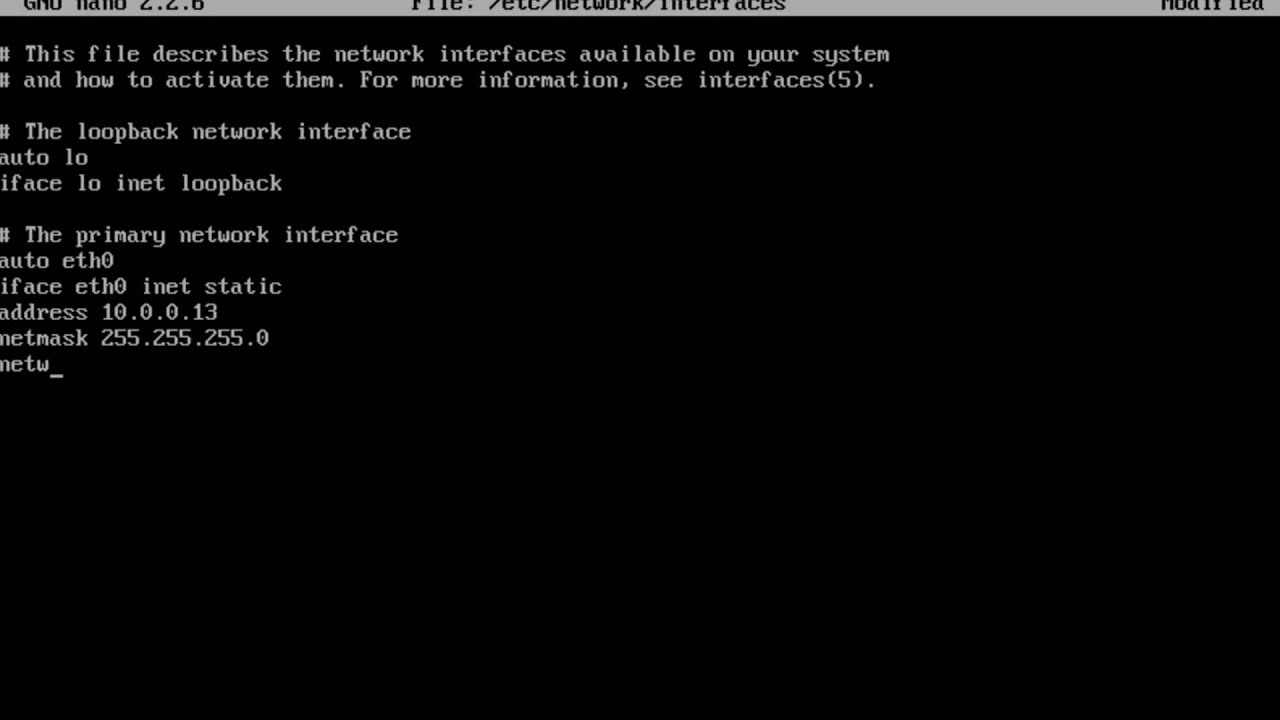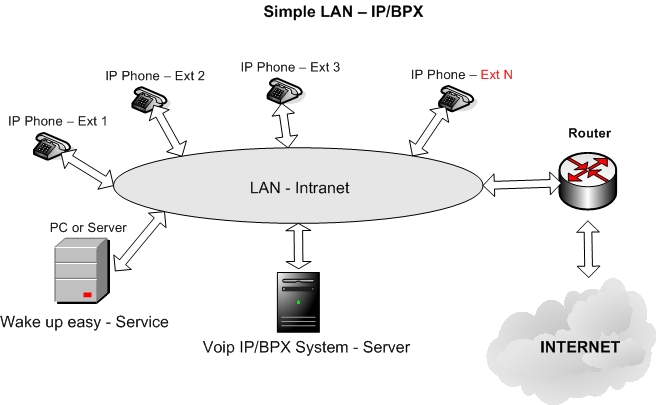

- How to create a application that shares the ip how to#
- How to create a application that shares the ip free#

IP addresses are an integral part of the IP protocol, the foundation on which the internet is built. Similar to physical addresses, IP addresses allow computers on the internet to find each other and communicate. Your IP address probably changes once in a while due to how the internet works, but you are the only one with your current IP address on the entire internet. You can learn more about the differences between IPv4 and IPv6 here, but I won’t get too deep into that in this article. If you want to hide your IPv4 address, then you’ll probably want to hide your IPv6 address as well, if you have one. If your internet provider offers IPv6 on its network, you can look up your IPv6 address as well.įor the most part, these two addresses serve the same purpose. Some of you might have IPv6 connectivity, although it hasn’t been adopted everywhere yet. This is easy just go to Google and enter “what’s my IP address?” In order to hide your IP address, you first have to know what it is.
How to create a application that shares the ip free#
In this article, I’ll explain a few free and paid methods you can use to hide your IP address, as well as a few ways to change your IP address. Your public IP address is unique and visible to everyone on the internet, so it can be used to track you and wall you off from region-locked content.īecause I like privacy and dislike censorship, I prefer to hide my IP address from internet providers, hackers, governments, advertisers and others. If you’re connected to the internet, then you have an IP address. If you have any questions or comments, please do not hesitate to submit them in the comment section below.An IP address is a string of numbers and decimals that identifies your device and location.
How to create a application that shares the ip how to#
You now know how to configure a static IP address on a Linux distro.

Your static IP address has been configured. Restart the networking on your system with: # /etc/init.d/network restart Save the file and then edit /etc/nf like this: # nano /etc/nf You may see a line looking like this: auto eth0Ĭhange it so it looks like this: auto eth0 To setup static IP address in Debian/ Ubuntu, open the following file: # nano /etc/network/interfaces Once you have made your changes restart the networking with: # /etc/init.d/network restart Nameserver 4.4.4.4 # Replace with your nameserver ip Nameserver 8.8.8.8 # Replace with your nameserver ip Next edit nf file by opening it with a text editor such as nano or vi: # vi /etc/nf Other settings should have already been predefined. You will only need to edit the settings for: In that file make the following changes: DEVICE="eth0" You can find your network interface name with ifconfig -a command. Note: Make sure to open the file corresponding to your network interface. Next open: # vi /etc/sysconfig/network-scripts/ifcfg-eth0 Let’s start with the first file: # vi /etc/sysconfig/network If your interface is named “ eth1" then the file that you will need to edit is "ifcfg-eth1". Where in the above "ifcfg-eth0" answers to your network interface eth0. etc/sysconfig/network-scripts/ifcfg-eth0 To configure static IP address in RHEL / CentOS / Fedora, you will need to edit: /etc/sysconfig/network This article is meant to show you how to configure static IP address on most frequently used Linux distributions.įor the purpose of this tutorial, we will use the following Internet Protocol version 4 (IPv4) details: IP address: 192.168.0.100Ĭonfigure Static IP Address in RHEL/CentOS/Fedora:

Read Also: How to Set or Change System Hostname in Linux


 0 kommentar(er)
0 kommentar(er)
